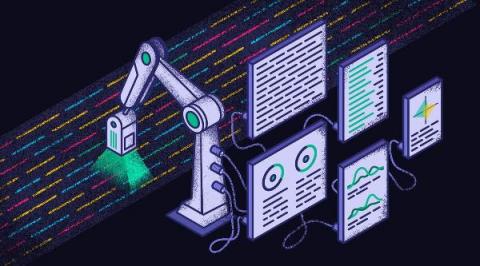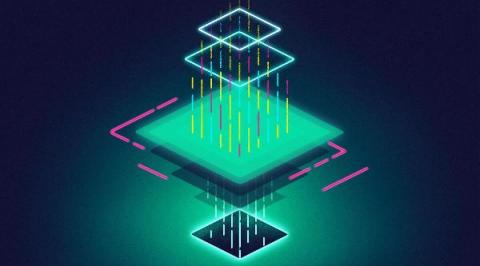Introducing Log Observability for Microservices
Two popular deployment architectures exist in software: the out-of-favor monolithic architecture and the newly popular microservices architecture. Monolithic architectures were quite popular in the past, with almost all companies adopting them. As time went on, the drawbacks of these systems drove companies to rework entire systems to use microservices instead.











